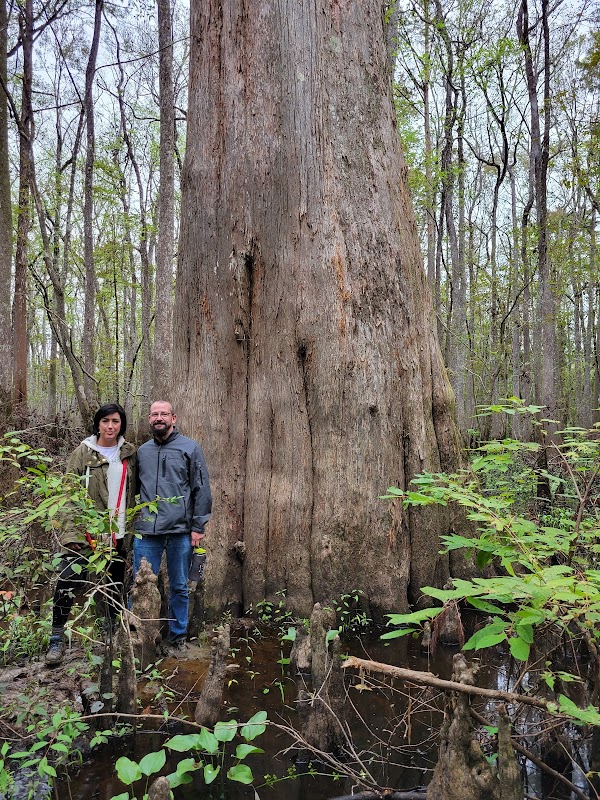Timing in Alabama’s Sound: Catching Inshore Fish at Optimal Moments
Alabama’s sound waters offer a dynamic playground for inshore anglers ready to time their trips just right. By understanding tide cycles, species habits, and weather shifts, fishermen can maximize their catch while enjoying a vibrant coastal ecosystem.
Plan Around Tide Charts
Use accurate tide charts to fish during high or falling tides when inshore species are more active and feeding closer to shore.
Check Weather Conditions
Overcast skies and light winds can increase fish activity; avoid bright sunny days when fish retreat to shadows.
Use Light Tackle and Finesse Baits
Target wary fish with softer plastics and smaller hooks rather than heavy gear to improve hookup rates in calm waters.
Bring Hydration and Sun Protection
Alabama’s coastal sun can be intense; carry plenty of water and wear breathable clothing with sunscreen.
Timing in Alabama’s Sound: Catching Inshore Fish at Optimal Moments

4 Hour Inshore Charters
Age 18+ to book, all ages • Up to 6 People • Unforgettable experience!
Join Dun Deal Fishing Charters for a focused 4-hour inshore fishing adventure in Gulf Breeze's scenic Sound and Bay area. Target a variety of exciting species and create unforgettable moments on the water.
Alabama’s sound waters pulse with life, shifting in rhythm with tides, light, and season. For anglers aiming to hook the inshore variety—redfish, speckled trout, flounder, and more—the key isn’t just knowing where but knowing exactly when. In these sounds, timing reveals the difference between an empty line and a bucket full of fish.
The sound’s shallow bays and creeks respond to the moon’s pull in clear cycles: high tide moves fish closer to feeding grounds, while low tide drives them to protected channels. Early morning and late evening are generally the most active windows when cooler temperatures coax fish from their daytime hideouts. But each species has its own routine. Speckled trout, for instance, often cruise the grass flats at dawn, chasing bait stirred by the rising sun, while redfish patrol muddy bottoms best targeted during falling tides when shrimp and crabs become vulnerable.
Weather shifts also dictate inshore action. Overcast skies and light winds soften the water’s surface, making fish less wary. On sunny, calm days, the fish grow cautious, seeking shadow and currents. Tide charts and local weather forecasts aren’t luxuries – they’re essential tools every angler should wield.
Gear-wise, light tackle matched to finesse techniques boosts success. Soft plastics, topwater plugs, and live bait work best when fishing slow-moving slack tides or pockets of current. A kayak or shallow-draft skiff grants access deeper into narrow creeks and bayous where fish dart just beyond reach.
A practical tip: use apps or physical tide tables to align trips with neap or spring tides. Spring tides often offer dramatic highs and lows that flush fish from their usual haunts, creating feeding frenzies but demanding patience and precise timing.
Alabama’s inshore sound isn’t merely a fishing spot; it’s a fluid system fiercely syncing moon, wind, and water. Respect this dance and your lines will meet resistance. Time your trip well, read the water’s mood, and prepare to engage with a habitat that is endlessly dynamic and rewarding.
Nearby Trips
All Adventures
Boat Charters
Water Activities
Adventures near Dauphin Island
Discover the unique and memorable adventures that make Dauphin Island special.
Frequently Asked Questions
What are the best times of day to fish in Alabama’s sounds?
Early mornings and late evenings are most productive, as cooler temperatures and low light encourage active feeding. Midday often sees fish retreating to shaded areas, making them harder to locate.
How important is tide timing for inshore fishing here?
Tide timing is crucial. High tides bring fish closer to the shore and feeding grounds, while falling tides expose prey like shrimp and crabs, drawing predators into shallower waters. Aligning your fishing around these cycles improves success.
What species are most common and when do they bite best?
Redfish, speckled trout, and flounder dominate. Speckled trout prefer dawn and grass flats, redfish hunt during falling tides around mud bottoms, and flounder are often caught near sandy or oyster-strewn edges, especially in warmer months.
Are there lesser-known spots for fishing on the sound?
Yes, narrow tidal creeks around Dauphin Island and east of Mobile Bay offer quieter, less fished waters. These channels often funnel baitfish and attract predators, providing excellent opportunities away from crowded popular bays.
What environmental factors should anglers respect here?
Preserve seagrass beds and avoid disturbing spawning grounds. Fishing regulations vary seasonally—pay attention to size limits and catch-and-release rules to sustain healthy fish populations.
Can I fish year-round in these waters?
Yes, though winter fishing requires patience as cooler water slows fish activity. Spring through fall offers more consistent action, but adapting to changing tides and weather remains key throughout the year.
Recommended Gear
Light Spinning Rod (7-8 foot)
Offers the right balance of sensitivity and power to detect subtle bites on inshore fish.
Tide Chart or Fishing App
Critical for pinpointing optimal fishing windows based on tides and moon phases.
Sunscreen and Protective Clothing
Prevents sunburn and heat exhaustion during long hours on open water.
Polarized Sunglasses
Cuts surface glare to help spot fish below the water and protect eyes from UV rays.
Local Insights
Hidden Gems
- "The narrow east bayous near Dauphin Island where currents concentrate baitfish."
- "Less frequented oyster reefs north of the sound that attract flounder during warmer months."
Wildlife
- "Bottlenose dolphins often hunt nearby, stirring baitfish that attract game fish."
- "Wading birds like herons and egrets patrol the shallow flats alongside anglers."
History
"Alabama’s sounds have long supported indigenous and coastal fishing cultures. Dauphin Island served as a strategic fishing and trading hub, and remnants of old piers still mark historic fishing routes."
